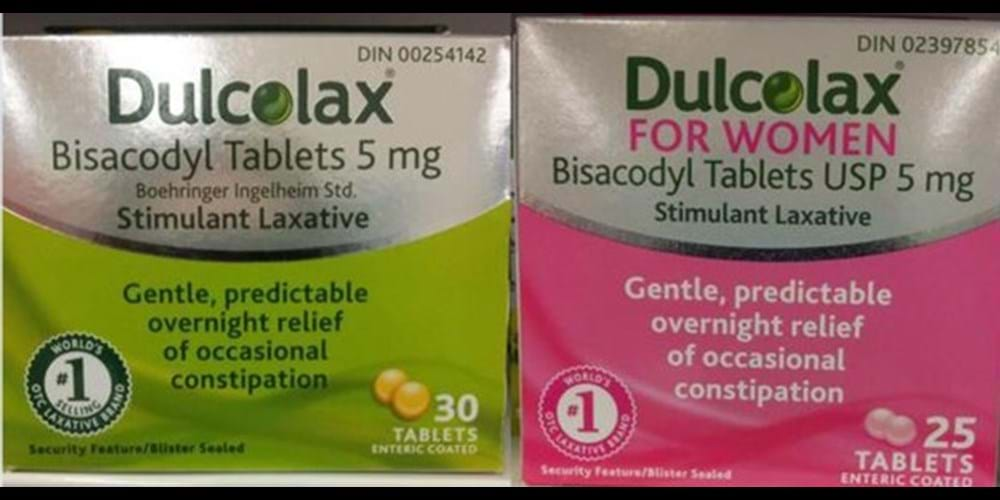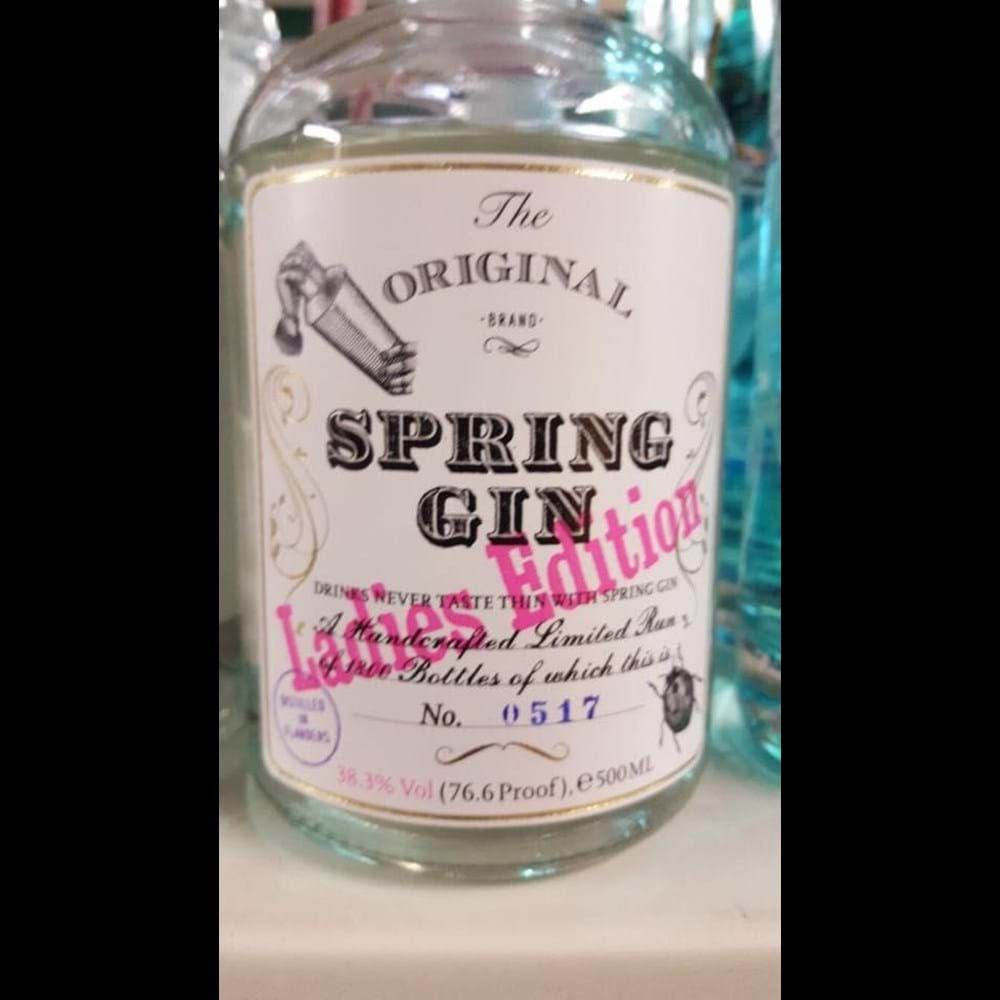Data is your ally for inclusive marketing

Oct 22
Inclusive marketing is, inarguably, about people. It’s about honouring everyone’s unique experiences and perspectives and making them feel included. It implies respect, empathy and compassion for people to whom you might not immediately relate. You’d assume that inclusive marketing relies more on “soft” sciences such as sociology and anthropology vs “hard” sciences such as economics and statistics. In many ways, it can feel more cause-driven than data-driven. People, not numbers.
Nothing could be further from the truth.
Data is essential for building a solid inclusive marketing framework as long as it’s not the only thing you’re looking at. Marketing analytics can give you insights into your audience, product or market that can help you make your messaging more authentic. Let’s look at some ways it can benefit your brand and how to use it responsibly.
Personas that aren’t stuck in the past
Personas are one of the most vital marketing tools because they dictate who you’re marketing to, what their desires and frustrations are, and how to best connect with them. Unfortunately, marketers tend to lead with certain assumptions (disguised as educated guesses or well-honed hunches) about who their ideal customers are. These assumptions are fed by preconceived notions, implicit biases and centuries of socialisation.
A close examination of your customer data could reveal, for example, that your audience is sorted into male and female simply because that’s how your lead-capture forms are set up. One study by Pew already found that Gen Zers prefer forms with more than “male” and “female” options.
Strictly gendered personas do more than just deter nonbinary individuals from connecting with your brand; they can also lead to some embarrassing decision-making and product development. There’s an entire Facebook page dedicated to mocking unnecessarily gendered products. These include globes of the earth, laxatives, gin, and (no joke) recycling bins.




(Photo credits: facebook.com/unneccessarilygenderedproducts)
Gender-neutral personas force you to question whether or not your product or service is gender-specific. It challenges you to look at your messaging and how it might reinforce the gender binary in subtle and not-so-subtle ways. It all goes back to what data you’re using to build your personas.
Products no one has thought of yet
People living with disabilities are considered the forgotten or silenced demographic. There are approximately 1 billion people with physical, sensory, developmental and cognitive disabilities with $13 trillion in disposable income but very few products designed specifically for their needs.
Degree, a Unilever brand and one of the world’s leading makers of deodorant and antiperspirant, saw those two figures and decided that the company was sitting on a solution. In 2021, they launched Degree Inclusive, the world’s first deodorant for people with disabilities.
They redesigned the cap and container of the deodorant so that people with limited sight or arm mobility could be able to unscrew and apply deodorant without needing assistance from anyone else. Degree Inclusive was developed in partnership with the Muscular Dystrophy Association, Open Style Lab, The Lighthouse Chicago, a panel of engineers, designers and occupational therapists, and 200 consumers with a range of physical disabilities.
Indeed, paying attention to data can help you spot underserved or neglected consumers and inspire you to innovate your products for them. Whether you’re looking at children and the elderly, people in the working class, illiterate individuals or immigrants – there’s always a marginalised group worth standing up for. Maybe your brand is the one to do it.
Loyalty that can’t be bought
Analysing data can also lead you to rethink the whole aesthetic of your product. In 2020, BAND-AID launched the OURTONE range of adhesive bandages in three shades of brown that would more closely match the skin tone of Black and Brown people. This came after a series of focus groups with people of colour to find out how they responded to BAND-AID’s products.
"We agreed that as the category leader, we had a major product gap and wanted to solve for this as quickly as possible, ensuring that we better reflected the communities we serve," said Jordan Mojka, Associate Brand Manager, Wound Care at Johnson & Johnson Consumer Inc.
BAND-AID has been making adhesive bandages for more than a century – they’ve launched them with superheroes, Disney characters and various other cool designs – but it is only recently that they started questioning their default flesh tone, which most closely matched white skin.
Perhaps it was the 2020 Black Lives Matter protests and the widespread brand scrutiny that followed which inspired the decision. Whatever the reason, they were able to study their customer base, engage with them meaningfully and extract insights that would drive change. Better late than never.

(Image credit: jnj.com)
Consumers are always willing to support brands that can clearly communicate (either through product design or messaging) that they understand them. This is why BAND-AID, already the world’s leading producer of adhesive bandages, is primed to enjoy more brand loyalty from customers of colour. And since it was the first to do it, this will always be part of its brand legacy, like Fenty Beauty and its broad range of shades in its make-up products.
How not to use data for inclusive marketing
Now that you understand the power data has to push your inclusive marketing efforts further, we would be remiss not to issue a word of caution – with great data comes great responsibility. It’s essential that you avoid using data to manipulate or mislead your audience for profit. This will almost certainly backfire in a way your brand might not be able to recover from.
Here are three things to always keep in mind.
- Do not homogenise groups of people. Not all women are feminine; Black culture varies by language, culture, history and geography; and some disabilities are invisible. Treating groups of people as one homogenous continuum leads to stereotyping and offensive messaging.
- Avoid cultural appropriation. There are certain conversations brands are simply not invited to and shouldn’t try to co-opt. For example, “Spirit animal” and “powwow” are spiritually and culturally significant to Native Americans and should not be used to mean favourite animal or quick chat.
- Remember that inclusive marketing comes from inclusive culture. The data you’re using for inclusive marketing matters just as much as the person or team that’s looking at it. To use data responsibly, you have to ensure that the culture within your organisation is inclusive enough to use it ethically.
Start your inclusive marketing journey by downloading our starter guide below.
Start your inclusive language journey
Download our starter guide.

Related Content